With the carter style carbs (like Edelbrock), the vacuum port on the passenger side looks at vacuum above the throttle plates and is called "ported vacuum." The driver side vacuum port sources from below the throttle plates, reading manifold vacuum. The ported vacuum is near non-existent at idle so there will be no spark advance. The manifold vacuum port will show manifold vacuum and thus advance the timing.
Some people are deadset on using ported vacuum since most cars in the late 60s through the 80s came from the factory with ported vacuum. Late spark timing at idle helps heat the engine up faster, but also makes it overheat easier. The OEMs were concerned with getting the engine warm quicker, not making the engine actually run better.
Manifold vacuum is more realistic to what the engine wants. At idle, you have low cylinder pressure with poor air/fuel homogenization and combustion efficiency so the spark timing needs to be advanced to compensate. High manifold vacuum at idle allows the vacuum advance to give it the timing it wants. When you open the throttle, the manifold vacuum drops since there's more air in the manifold. That increased air flow means more dynamic compression and cylinder pressure with better fuel homogenization and turbulence which means a faster flame front requiring less timing. The manifold vacuum drop means less vacuum at the canister so the timing retards, just like it should.
If you look at the spark tables for an EFI engine, the spark timing follows the behavior of manifold vacuum advance. My Camaro with the LT1 has 6° advance up to 400 rpm (for easy starting) and then goes to 25° at idle.
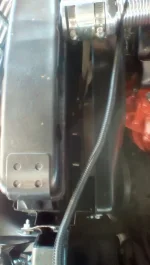 IMG_20220907_1737211_rewind.webp47.5 KB · Views: 48
IMG_20220907_1737211_rewind.webp47.5 KB · Views: 48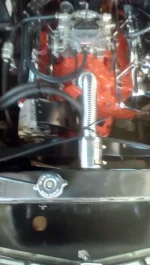 IMG_20220907_1736536_rewind.webp57.1 KB · Views: 49
IMG_20220907_1736536_rewind.webp57.1 KB · Views: 49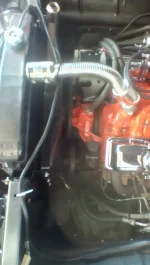 IMG_20220907_1736150_rewind.webp54.1 KB · Views: 49
IMG_20220907_1736150_rewind.webp54.1 KB · Views: 49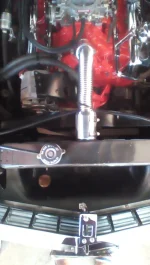 16625913385501575541617.webp63.9 KB · Views: 45
16625913385501575541617.webp63.9 KB · Views: 45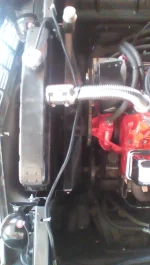 1662591402097-1061947027.webp77 KB · Views: 48
1662591402097-1061947027.webp77 KB · Views: 48 16625914561161388939193.webp58.9 KB · Views: 47
16625914561161388939193.webp58.9 KB · Views: 47
